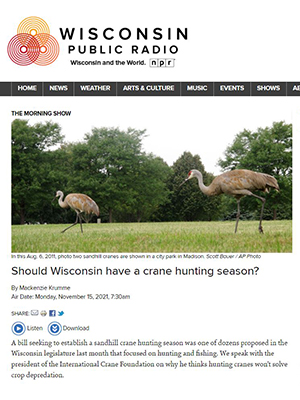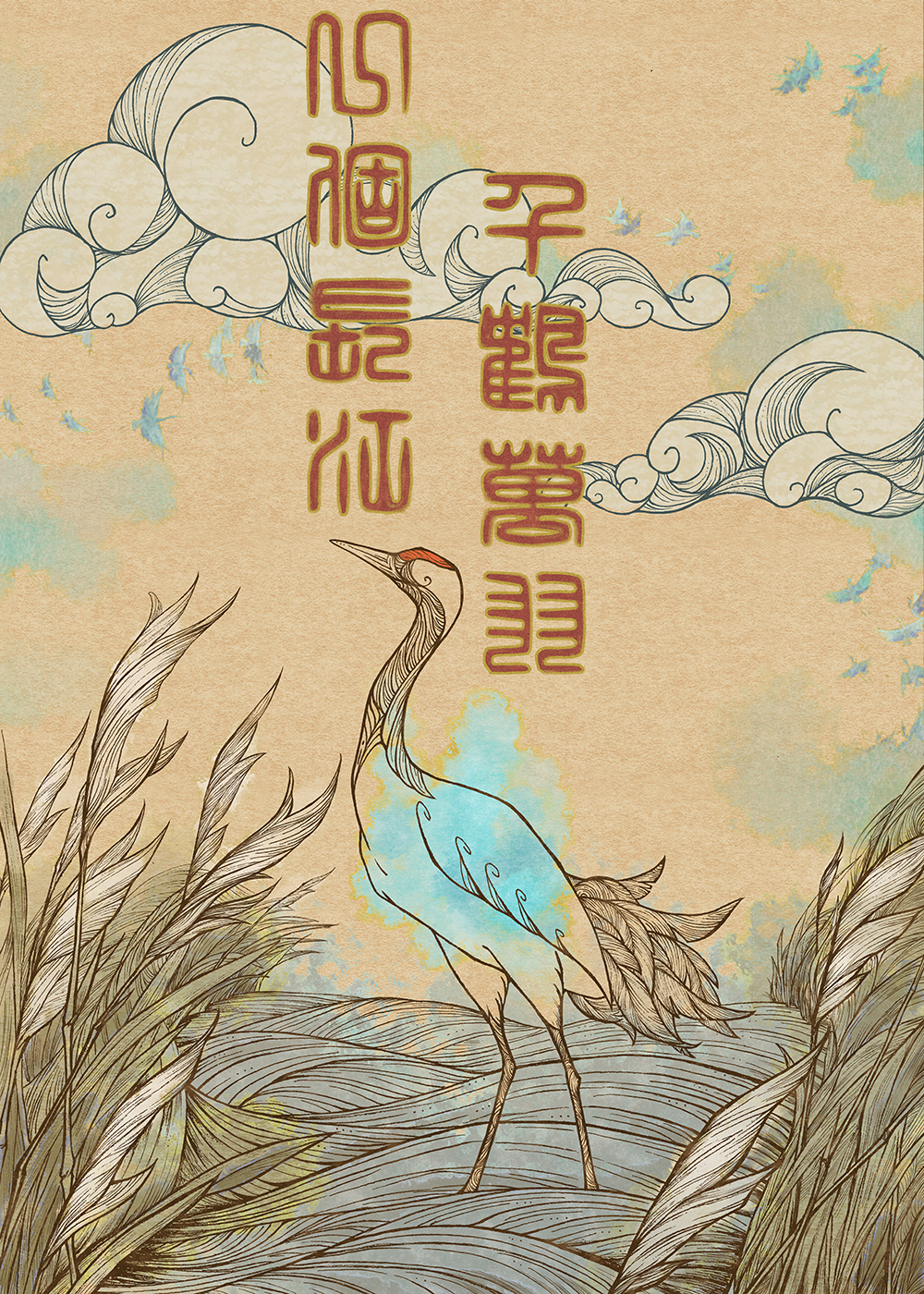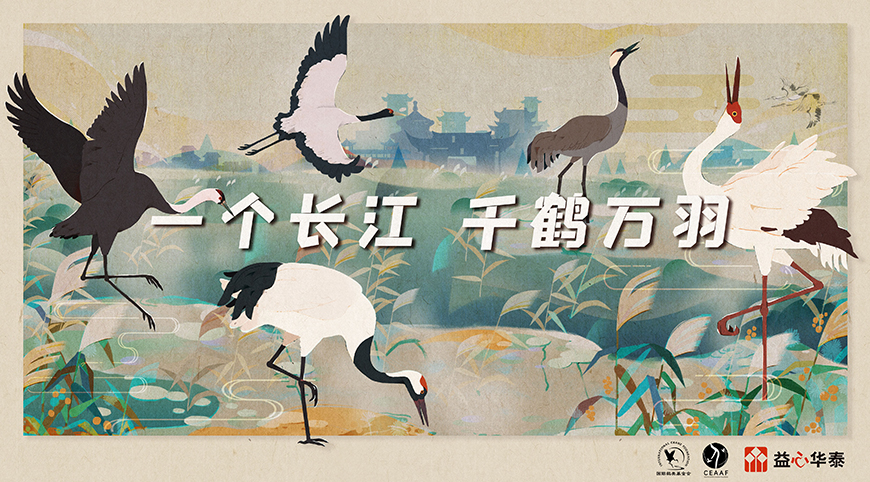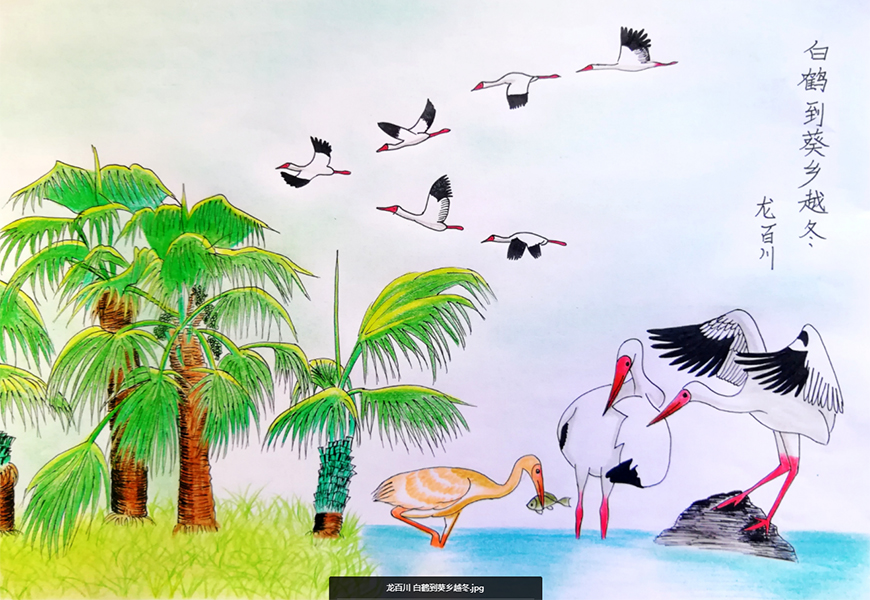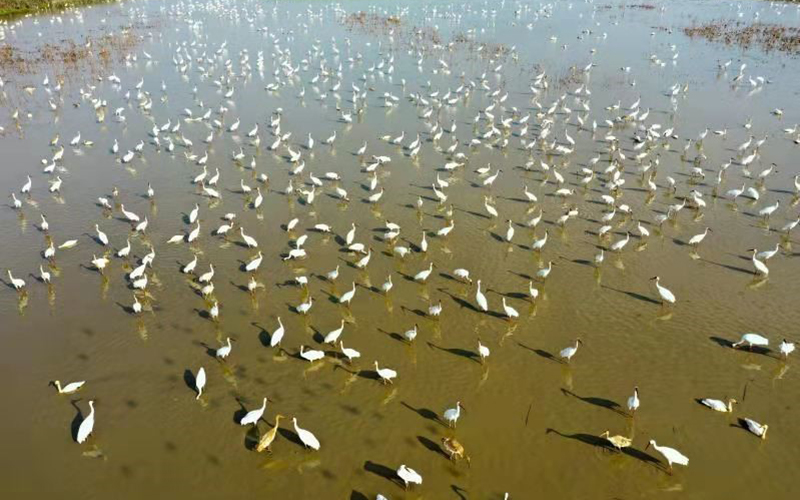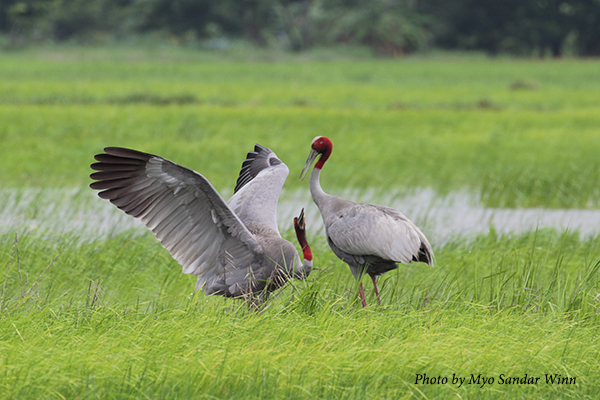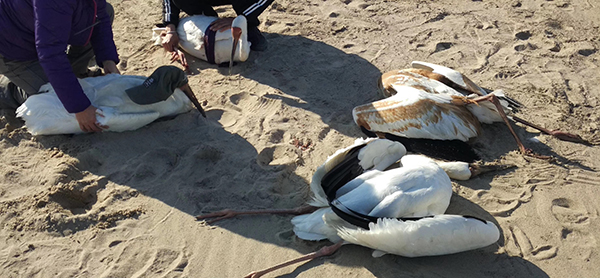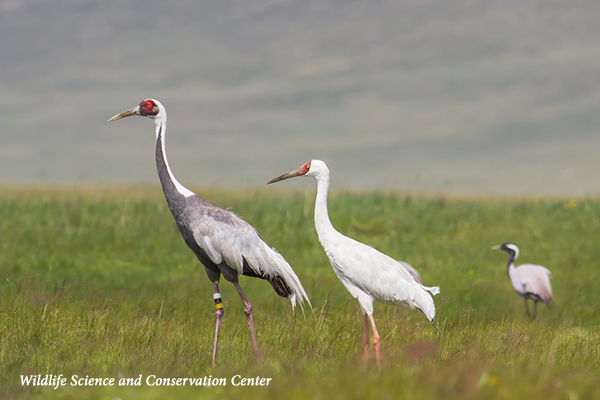 Our monthly summary of media stories highlighting our global programs.
Our monthly summary of media stories highlighting our global programs.
Category: Siberian Crane
Notes From the President – Red or Green? These Colors Are Not Just for Salsa and Traffic Lights
 The new IUCN Green Status of Species, released this summer, offers a better way for us to think about the future of many crane species, and our success at securing them.
The new IUCN Green Status of Species, released this summer, offers a better way for us to think about the future of many crane species, and our success at securing them.
Using Art to Share Their Story
 We partnered with the Center for East Asian-Australasian Flyway Studies, Huatai Securities and the environmental education non-profit organization Roots and Shoots to organize a poster contest featuring cranes found in the Yangtze River basin.
We partnered with the Center for East Asian-Australasian Flyway Studies, Huatai Securities and the environmental education non-profit organization Roots and Shoots to organize a poster contest featuring cranes found in the Yangtze River basin.
Cranes Bring Best Wishes for 2021
 As important symbols of longevity, happiness and nobility, Cranes present a beautiful image in Chinese culture and are often associated with blessings and good wishes.
As important symbols of longevity, happiness and nobility, Cranes present a beautiful image in Chinese culture and are often associated with blessings and good wishes.
Notes from the President – Reflecting and Looking Forward
 This month marks the one-year anniversary of the pandemic shutdown in the U.S. and the tumultuous year that followed. It is hard for any of us to imagine a more challenging time. But as I reflect on the past year, I am struck most of all by the great things we achieved together.
This month marks the one-year anniversary of the pandemic shutdown in the U.S. and the tumultuous year that followed. It is hard for any of us to imagine a more challenging time. But as I reflect on the past year, I am struck most of all by the great things we achieved together.
Cranes – Messenger of Peace Art Contest Creating Awareness in China
 If a picture is worth a thousand words, an image of a crane is visual poetry.
If a picture is worth a thousand words, an image of a crane is visual poetry.
Siberian Cranes face an uncertain winter after record floods in China
 However, there is a glimmer of hope for the cranes.
However, there is a glimmer of hope for the cranes.
Disney Conservation Fund Helps Support Sarus and Siberian Cranes, and the Habitats They Need to Thrive
 The International Crane Foundation has been awarded two grants by the Disney Conservation Fund for their work to conserve the rich biodiversity of the Ayeyarwady Delta in Myanmar to protect Sarus Cranes and to continue to strengthen efforts for the recovery of the critically endangered Siberian Crane in East Asia.
The International Crane Foundation has been awarded two grants by the Disney Conservation Fund for their work to conserve the rich biodiversity of the Ayeyarwady Delta in Myanmar to protect Sarus Cranes and to continue to strengthen efforts for the recovery of the critically endangered Siberian Crane in East Asia.
Safe Passage for Siberian Crane 419
 Follow the remarkable journey of Siberian Crane 419.
Follow the remarkable journey of Siberian Crane 419.
Mongolia Protects Core Breeding Area for Declining White-naped Cranes
 The Government of Mongolia recently designated core breeding habitat for White-naped Cranes as a national-level nature reserve, a vital step in increasing reproduction in the rapidly-declining Western population of this threatened species.
The Government of Mongolia recently designated core breeding habitat for White-naped Cranes as a national-level nature reserve, a vital step in increasing reproduction in the rapidly-declining Western population of this threatened species.

